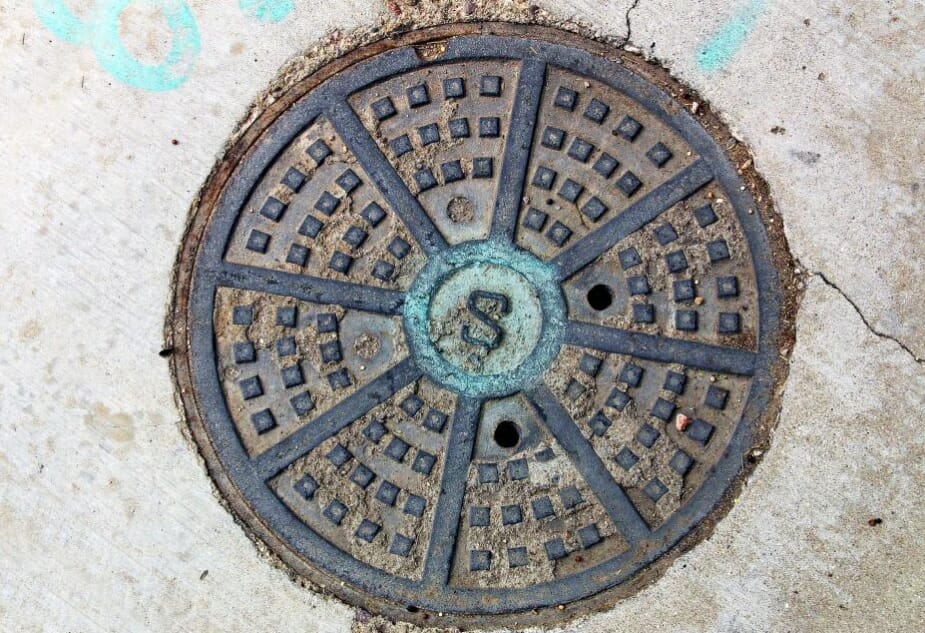A sewer backup is probably one of the worst plumbing problems that can happen to any homeowner. This is a messy and unsanitary process that is a sure sign that there is a blockage located somewhere in the sewer line. In this article, we will explain what a sewer backup is, and the four stages of progress as the problem worsens.
What is a Sewer Backup?
A sewer line backup occurs when there is some type of clog or blockage that is preventing the draining of wastewater. We need our drains to work correctly to remove waste and wastewater and direct this material into the sewer line and municipal sewer system. Sewer waste often contains bacteria, so a sewer backup is messy, but it’s also a health risk, and it needs to be fixed quickly.
The 4 Stages of a Sewer Backup
- An Impeded Flow of Wastewater
The first early warning sign of an impending sewer backup is an impeded flow of wastewater that eventually stops entirely. The initial source of the blockage can begin in a number of different ways; a sewer line clog could have formed, the sewer line may be damaged, or in some cases, a tree root may have infiltrated and blocked the sewer line.
- A Buildup of Wastewater
After the blockage has occurred, the next step is a gradual buildup of wastewater inside the sewer line. This wastewater has no place to go, and it will begin to accumulate in the section of the sewer line attached to your home. As more plumbing systems are used, more water will accumulate in the sewer line.
- The Release Point
Eventually, the wastewater will fill the sewer line, and the line will not be able to hold any more liquid. At this point, the wastewater will find its way out of the sewer line via the nearest and most convenient discharge point. In many cases, this is the lowest drain in the home on a ground floor or in the basement. In other cases, this could be a toilet or sink located in similar locations.
- The Continuing Problem
The sewer line backup problem will continue until the source of the blockage is fixed. The wastewater will still be added to the sewer line, and this will trigger future sewer backup problems. There will also be associated problems such as gurgling toilets and multiple drain clogs in other areas of the home. These problems are often accompanied by foul odors and wastewater backups in toilets, sinks, and tubs.
How to Fix the Problem
A
local professional plumber can diagnose and fix a sewer line backup problem. They will ask a number of questions about this problem to discover if it’s a recurring issue and how it has affected the home plumbing system. Then they will test each plumbing fixture to get a more detailed diagnosis on the source of the problem. The plumber may carry out a sewer line inspection to find out what is happening deeper in the sewer line. Once the plumber understands the scale of the problem, they can suggest a plan of action to fix it.
By Giovanni Longo President Flood Brothers Plumbing
Giovanni Longo is a 3rd generation master plumber who has been practicing his craft and trade in the greater Los Angeles area for well over a decade and a half. A plumbing and hydraulics-engineering innovator, Giovanni’s particular world-class expertise focuses on dealing with challenging sewer system designs as well as resolving complex commercial and residential draining issues. As a certified Flood Mitigation expert, he is also well versed in a wide variety of water damage and remediation solution.





